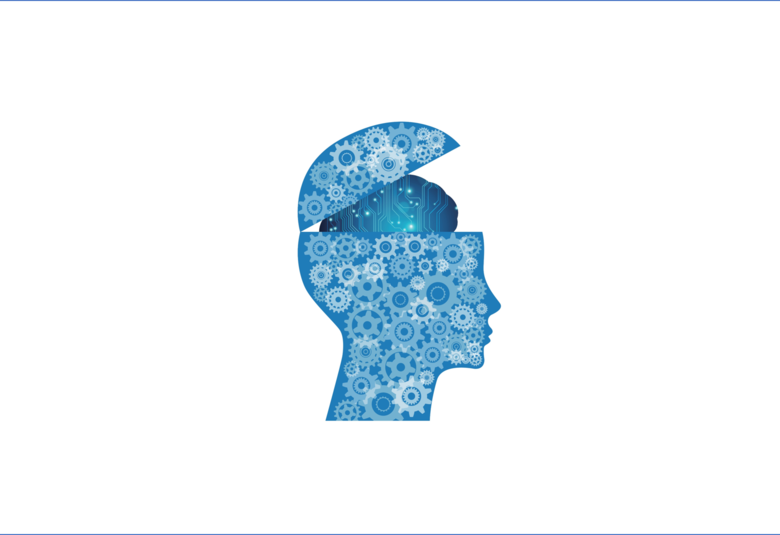International Men’s Day, among other aims, seeks to increase awareness of health challenges that include a male suicide rate three times higher than that among women. But how does the high suicide rate fit with evidence that men are far less likely to be diagnosed with depression?
Diagnosed major depressive disorder (MDD) is substantially less frequent in men than in women. Global Burden of Disease data show a 3.2% prevalence of MDD among men compared with 5.5% among women.1 There may be genuine differences between men and women in susceptibility, perhaps rooted in endocrine-related neurobiology and response to stress. [Read more here]
The association of depression in girls and women with periods of hormonal flux such as puberty, menstruation, pregnancy, parturition and the menopause make this suggestion plausible.2 But there is a consensus that a large part of the sex difference in the prevalence of MDD is because much MDD among men – for a range of reasons -- goes undiagnosed.3-7
Male depression can be expressed in irritability and anger
Are symptoms different in male depression?
In part, this may be because depression is expressed differently in men and women, and so is less well recognized both by those who experience it and by healthcare professionals. While low mood, tiredness and lack of pleasure are generic features, depression in men may present as physical symptoms, irritability, sudden anger, increased loss of control, impulsivity and aggression.4
Even among the classical features of depression, there can be subtle differences: one study found that men were less likely than women to report problems with libido, sleep disturbance, and excessive self-reproach.8
Gender differences are less in the frequency of depression than in how it is expressed12
But it also seems that men are more likely than women to:4-6
- downplay signs and symptoms of depression
- mask symptoms by “self medication” through alcohol and substance abuse, and by distractions such as risky behaviors and overwork
- be reluctant to discuss problems, and
- resist engagement with health professionals.
Being male means being mortal
A recent survey, published in 2020, of men with symptoms of major depression found that only 8.5% were currently receiving professional mental health support.9 Factors associated with not seeking help included reluctance to disclose mood-related symptoms and belief in self-reliance.
Depression is an eminently treatable condition,10 and its under-recognition among men needlessly contributes to the burden of distress and disability. Since MDD is associated with a three-fold increase in suicide risk (after controlling for comorbid psychiatric conditions),11 lack of diagnosis and treatment also contributes substantially to male mortality. The high suicide rate but low rate of depression among men is less of a paradox if we accept that much male MDD goes undiagnosed.
Our correspondent’s highlights from the symposium are meant as a fair representation of the scientific content presented. The views and opinions expressed on this page do not necessarily reflect those of Lundbeck.




